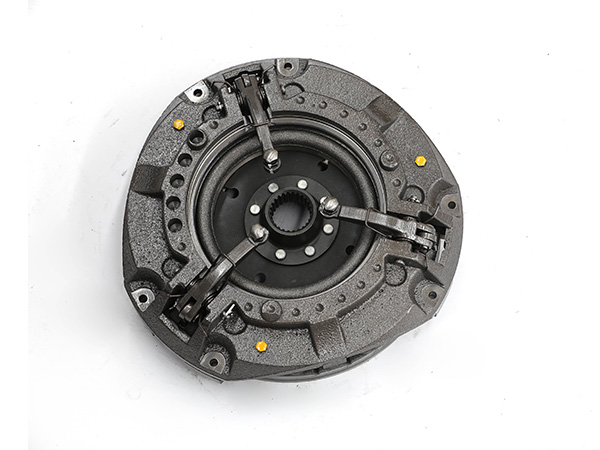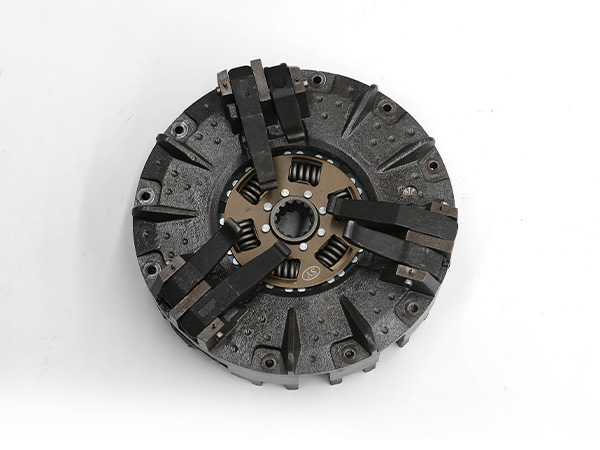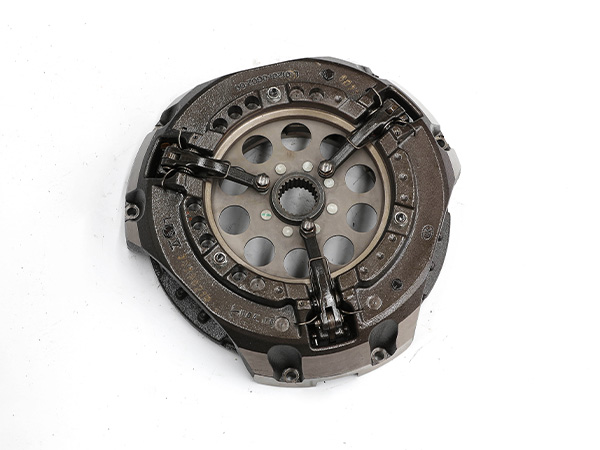The tractor clutch system is a crucial component in a tractor’s drivetrain, providing a means to engage and disengage power between the engine and the transmission. It allows the operator to control the transfer of power from the engine to the wheels, facilitating smooth starts, stops, and gear changes. Understanding the tractor clutch system involves recognizing its components, functions, and the overall mechanism by which it operates.
Components of a Tractor Clutch System

Clutch Pedal
The clutch pedal is located in the tractor’s operator compartment and is used by the operator to engage and disengage the clutch. Pressing the pedal activates the clutch mechanism.
Clutch Disc
The clutch disc, also known as the friction disc, is positioned between the flywheel and the pressure plate. It consists of friction material on both sides and is responsible for transmitting power from the engine to the transmission.
Flywheel
The flywheel is attached to the rear of the engine and provides a rotating mass. It also serves as a mounting surface for the clutch assembly. The energy stored in the flywheel helps to smooth out engine power fluctuations.
Pressure Plate
The pressure plate is bolted to the flywheel and exerts pressure on the clutch disc when engaged. This pressure brings the clutch disc into contact with the flywheel, allowing power transfer.
Release/Throw-Out Bearing
The release bearing, also known as the throw-out bearing, is located on the transmission input shaft. When the clutch pedal is depressed, the release bearing moves towards the pressure plate, disengaging the clutch.
Clutch Housing
The clutch housing contains the clutch assembly and is mounted between the engine and the transmission. It provides protection and support for the clutch components.
How the Tractor Clutch System Works

Engagement
When the operator releases the clutch pedal, the pressure plate applies force to the clutch disc against the flywheel. This engagement allows power to transfer from the engine to the transmission, enabling the tractor to move.
Disengagement
Pressing the clutch pedal disengages the clutch. This action releases the pressure on the clutch disc, separating it from the flywheel. As a result, power transfer from the engine to the transmission is interrupted, allowing the tractor to coast or come to a stop without turning off the engine.
Gear Changes
The clutch system facilitates smooth gear changes by allowing the operator to disengage the clutch, change gears, and then re-engage the clutch. This prevents grinding and damage to the transmission components during gear shifts.
Neutral Position
With the clutch fully disengaged, the tractor is in a neutral state, and the engine can run without transmitting power to the wheels.
Maintenance and Considerations

Clutch Adjustment
Regular adjustment of the clutch is necessary to maintain proper engagement and disengagement. This helps prevent premature wear and ensures smooth operation.
Clutch Wear
Over time, the friction material on the clutch disc may wear out. Monitoring clutch wear and replacing components as needed is essential for optimal performance.
Proper Usage
Operators should avoid “riding” the clutch pedal, which means keeping the foot on the pedal unnecessarily. This can lead to premature wear of clutch components.
Lubrication
Some clutch systems require periodic lubrication of pivot points to ensure smooth pedal operation.
Understanding the tractor clutch system is crucial for tractor operators and maintenance personnel. Regular inspections, proper usage, and timely maintenance contribute to the longevity and reliability of the clutch system, ultimately enhancing the overall performance of the tractor.
More tractor clutch system details:
Mastering the Drive: The Anatomy and Functionality of Tractor Clutches
What are the types of tractor clutches


